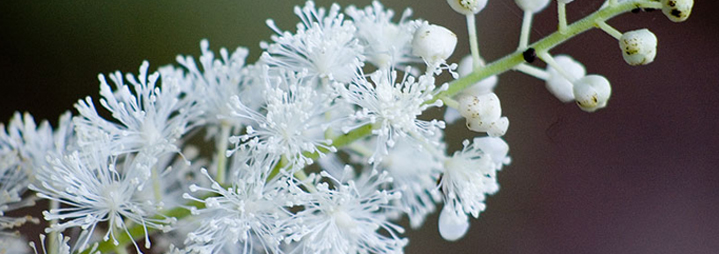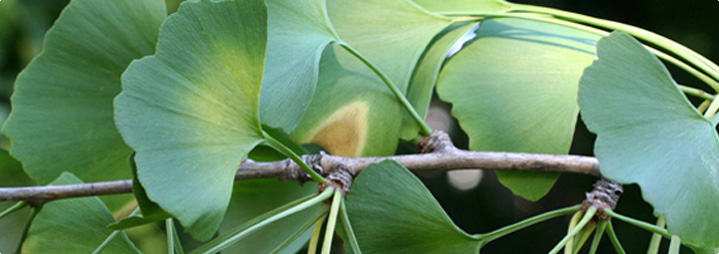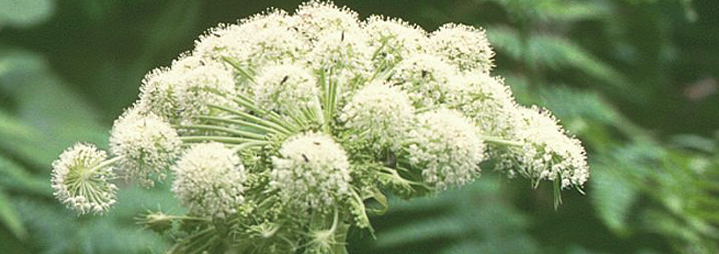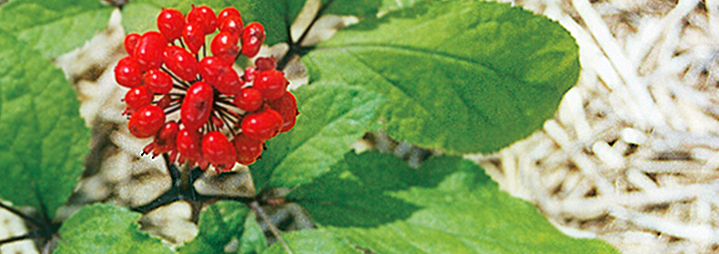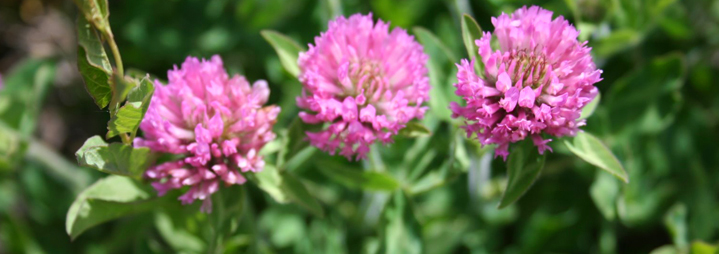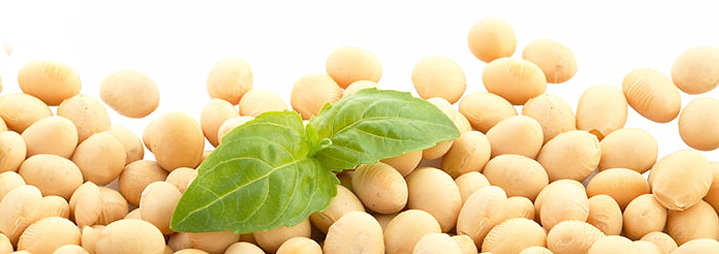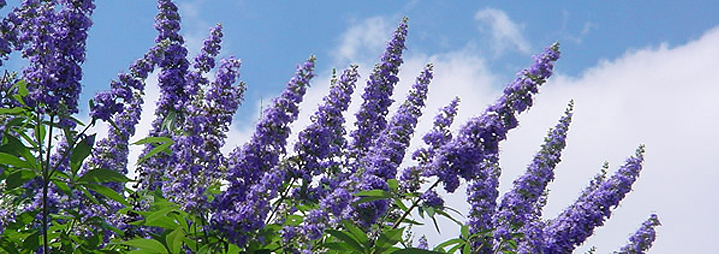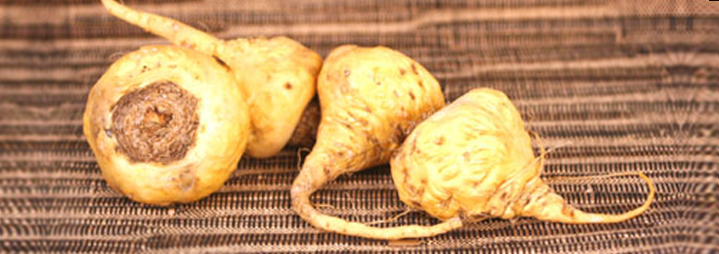Phytoestrogens: What the Experts Say
Despite being an increasingly popular treatment for menopause symptoms, there is relatively little information available about phytoestrogens. Read on to learn about what the experts say about phytoestrogens, their impact on the body, and their advantages and disadvantages.
1. The Molecular Structure of Phytoestrogens
Phytoestrogens are natural substances produced in certain plants. They have a similar molecular make-up to the estrogen that is naturally produced in the body. When ingested, phytoestrogens supplement the body’s level of estrogen, which can help ease menopause symptoms.
There are a number of types of phytoestrogens. Phytoestrogen groups include:
• Isoflavones
• Flavanols
• Flavones
• Flavanones
• Lignans
Each type of phytoestrogen differs slightly in molecular structure, but has the same fundamental make-up, and all work in the same way.
2. How Phytoestrogens Can Help Menopause Symptoms
Research has been done to suggest that one of the key causes of menopause symptoms is fluctuating levels of the hormone estrogen. While the body prepares for menopause, its sex hormones, estrogen, progesterone and testosterone, enter a stage of constant flux. Estrogen fluctuates, and then its levels drop, as the woman’s fertility comes to an end. It is these fluctuations that cause the symptoms of menopause, such as hot flashes, night sweats, irregular periods and loss of libido.
Phytoestrogens can be used to alleviate these unpleasant menopausal symptoms. When introduced into the body, they mimic the role of estrogen, and counter-act the effects of its falling levels. In this way, as professionals have identified, phytoestrogens can help reduce the impact of menopause symptoms.
3. What is the Best Source of Phytoestrogens
Experts recognize a number of different sources of phytoestrogens. They are present in some foods, and some specific herbs. Foods which contain phytoestrogens include:
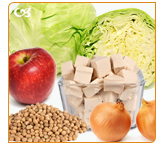 • Soy beans
• Soy beans
• Tempeh
• Tofu
• Onions
• Lettuce
• Tomatoes
• Red wine
• Green tea
• Apples
Although eating these foods can be a useful way to introduce phytoestrogens into the body, research suggests that the proportion of phytoestrogens present in these foods is not enough to be effectual in relieving menopause symptoms. Experts instead have identified a number of herbs, called phytoestrogenic herbs, which contain high levels of phytoestrogen, and that are available in supplement form.
The following herbs all contain phytoestrogens:
 • Black Cohosh
• Black Cohosh
• Ginseng
• Dong Quai
• Ginkgo Biloba
• Soy
Due to their molecular make up, phytoestrogens are a scientifically-approved, natural way to combat the menopause symptoms caused by estrogen imbalance. Available in a range of foods and herbs, phytoestrogenic treatments are a convenient and popular way to treat symptoms. For more information on phytoestrogenic herbs and menopause, click the link.









